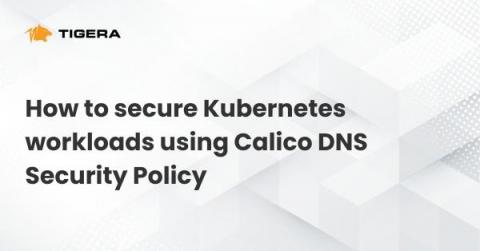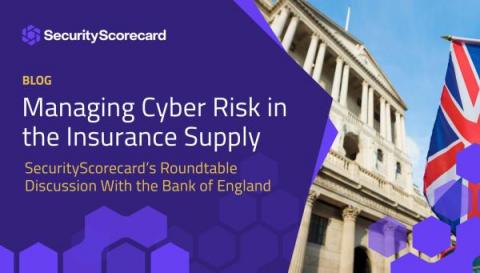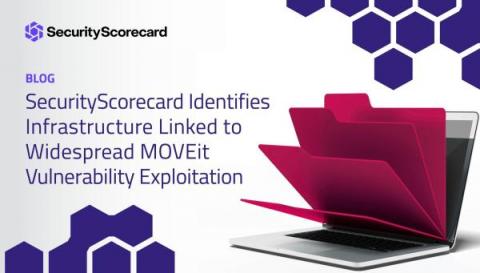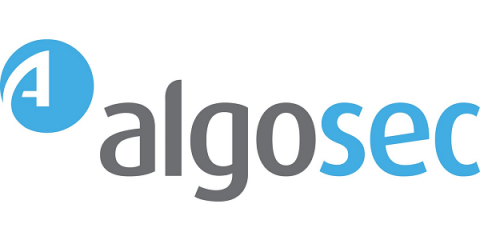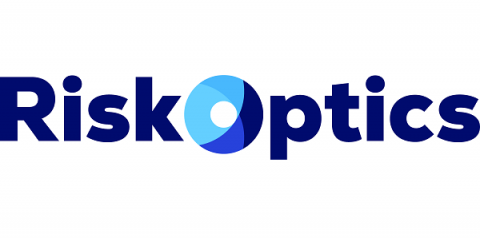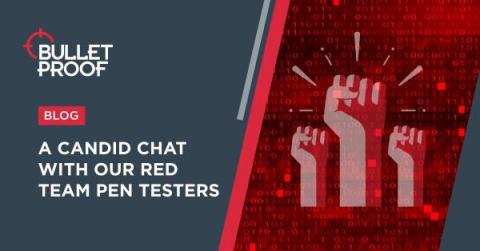Security Awareness 101: Creating a Compelling Security Awareness Program
There is no downside for an organization to have a security awareness program in place. It may not be 100% effective in stopping workers from making an error and causing a cyber incident, but like any preventative endeavor such a program can reduce the possibility of a disastrous cyber incident from occurring. An organization’s staff is on the front line when it comes to defending their place of work. Kind of a human firewall, if you will.



